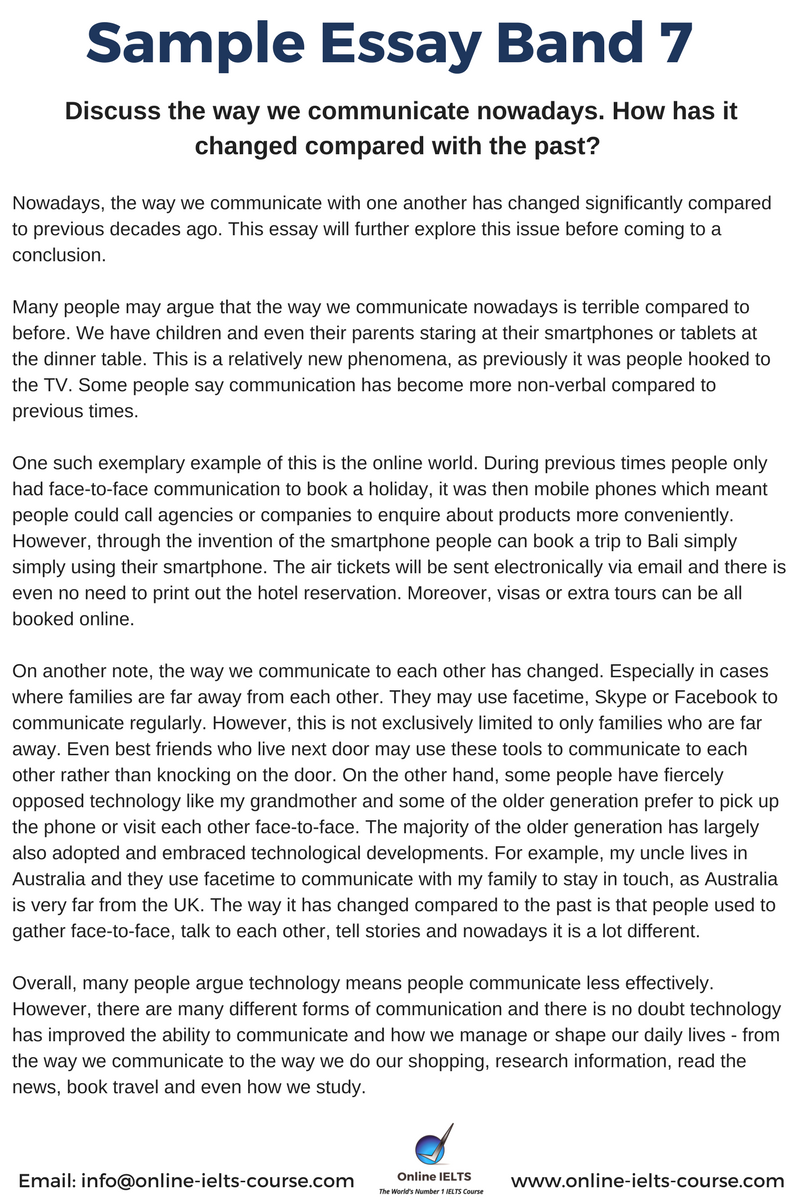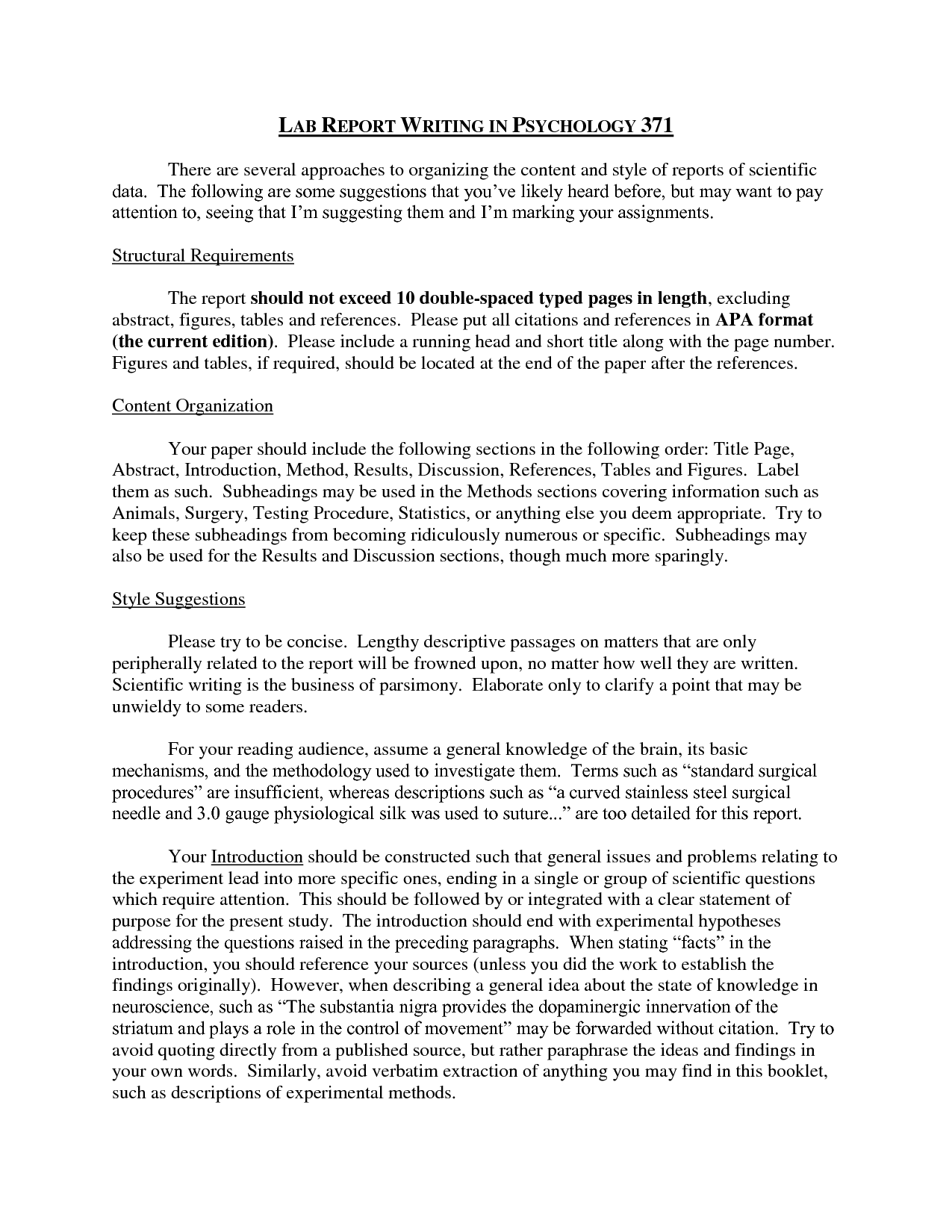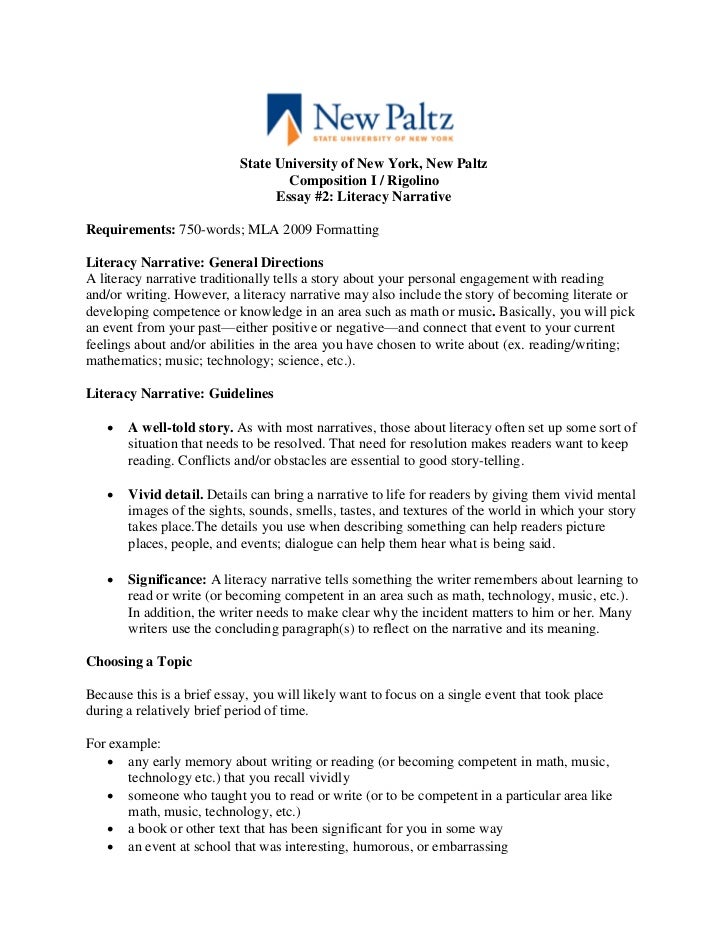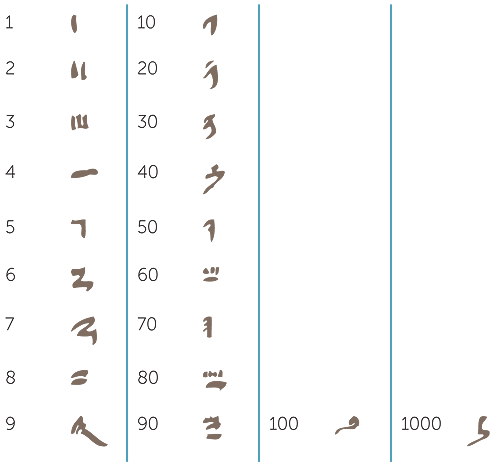Beauty is truth; truth beauty: revelations from John Keats.
Like other literature written during the Romantic Era, the poem is written in sensory language, with idealistic concern for beauty and truth, and expressive agony. The ideas and themes evident in Keats’ poetry particularly address the beauty of nature in relation to the suffering of humanity. The three stanzas of the “Ode on Melancholy.
Essay on Poetic Theory. Selections from Keats’s Letters. By John Keats Introduction. John Keats died of tuberculosis at the age of 25 after writing a remarkable number of poems that have helped define the Romantic tradition. Keats and his siblings George, Tom, and Frances (Fanny) lost their father when he died after a fall from a horse in 1803, and their mother to tuberculosis in 1811. Keats.
In the end of the poem, Keats says that the Urn gives this message to humanity - BEAUTY IS TRUTH. TRUTH IS BEAUTY. That is all you know on earth and all you need to know. From this statement Keats tells that the real beauty is truth and nothing more and truth alone is the beautiful one. The beautiful objects that we consider so of this world.
Keats demonstrates once again his tendency to privilege the sensual over the intellectual as he suggests to see an object in its beauty is to see it in its truth, therefore what the imagination seizes as beauty must be truth. Furthermore in this context, Keats writing can be viewed as not an escape from the world of reality, but a determination.
Truth is discovered by the imagination which makes man aware of the nature of things. Beauty can't be found in our world because it only exists in the world of truth. Imagination takes man to the world of truth which is the world of beauty. A worship of beauty was both the motivation and the message of Keats' poetry. His first ambitious work.
Other posts on the site.
The ode is literally a series of images which are described and reflected upon. The Grecian urn symbolises an important paradox for Keats: it is a work of applied art (urns being associated with death), silent, motionless and made out of cold materials, yet at the same time it moves him with its vitality and its imaginative depictions of music, passion and sacrifice.
Ode on a Grecian Urn is one of the most memorable and important poems in the romantic period of John Keats. The poem is notable which is important for its persuasive conclusion as well as profound meditation process about the general natural beauty. It is the speechlessness of the nature of beauty. The poet says, “Beauty is truth, truth.
Shontasia Bass Beauty is Truth, Truth Beauty: (A Critical analysis of Ode on a Grecian Urn) “Ode on a Grecian Urn” by John Keats is an extend apostrophe and metaphor, in which Keats addresses an urn using language that can be seen as paradoxical and ambiguous. Keats’ whole concept of the poem is to contrast art to life, or ideal to reality. Art is seen as ageless and unchanging, while.
Truth that is unchanging, and therefore forever true (in its own world) is where beauty lives. “Beauty is truth, truth beauty, that is all Ye know on earth, and all ye need to know” (Keats, lines 49 and 50). This line is Keats saying truth is beauty and although we may not fully understand it, we should believe in it. The final resolution.


















